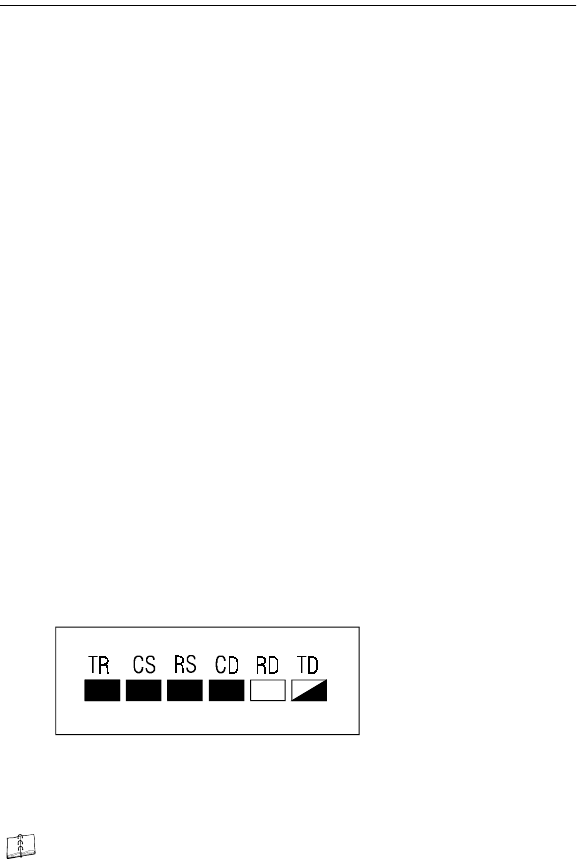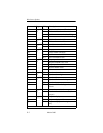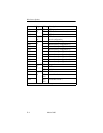
Hardware Options
Modem 3600 D-3
Part II
This part determines the performance of the local and remote modems
and the telephone circuits. It also determines each modem's ability to
receive a transmitted signal from the other site, properly equalize and
decode the signal and then loop this regenerated signal into the
transmitter for transmission back to the other modem. This test applies
to both leased line and dial line operation.
1) Configure the local modem for REMOTE DIGITAL LOOP
WITH TEST PATTERN. This signals the remote modem to go
into digital loop. The remote modem receives and then
retransmits the data back to the local mode. If the digital bilateral
loop is enabled at the remote, the remote DTE is looped back to
itself.
2) An alternative to the above procedure is to request the operator at
the remote modem to configure his modem for LOCAL
DIGITAL LOOP. Configure the local modem for TEST
PATTERN. The remote modem receives and retransmits the data
back to the local modem.
3) The TEST PATTERN ERRORS display will count received
errors.
4) At the local modem, the indicators should be as follows:
5) To further test the modem and communications link, reverse the
system loopback. First exit the existing loopback test. Reverse
the roles of the local and remote modems and repeat step two.
Note
If the bilateral digital loop is enabled at the local modem, the
DTE interface is looped to itself and permits the DTE to
check the interface circuitry as well as itself.


















